The 10 types of string bending, from blues and boomer bends to tweak and tap bends
Who could have imagined an everyday act of guitar technique would become so controversial? We take a deep dive into bending and see how it's changed over the ages

Some aspects of electric guitar playing are so totally established as orthodoxy that they seem almost immune to change: standard tuning is a de facto, er, standard – open chords, powerchords and ‘blues box’ scale shapes, too. Like a goldfish and the water it lives in, we don’t really question their existence.
So it came as a bit of a shock to some in August 2021 when Polyphia’s Tim Henson innocently related to music YouTuber Rick Beato that he rejects conventional string bending techniques of the ‘Boomer’ generation “because it’s gonna sound like that era”.
Henson intended no disrespect (he actually paid homage to his heroes Jimi Hendrix and Black Sabbath) but in a conversation ostensibly about ‘modern’ guitar, Tim made it clear that he’s most interested in new approaches and techniques.
Here at Total Guitar, we saw this as an opportunity to learn something new about guitar playing. So read on as we provide a taxonomy of key species of guitar bends from classic to contemporary. Learn them all, experiment with them in your own playing and you’ll surely become a better guitarist whatever music you’re into.
1. Classic bend #1: Blues bends
A huge core of electric guitar soloing is blues-based, and, though there are many blues bends, most connect adjacent notes in the minor pentatonic and blues scales. For example, in the A blues scale (A C D Eb E G) you’d typically bend from C to D, D to E, G to A, D to Eb or E, and occasionally the wider bends of A to C and E to G.
Equally important are the microtonal ‘blues curls’ that fall between the frets’ tunings – most commonly the ‘neutral 3rd’ between C and C# in the key of A. These are all fundamental to 60s and 70s icons like Tony Iommi and Jimi Hendrix, and are still widely used by countless artists such as Mdou Moctar, Jake Kiszka, Joe Bonamassa and more.
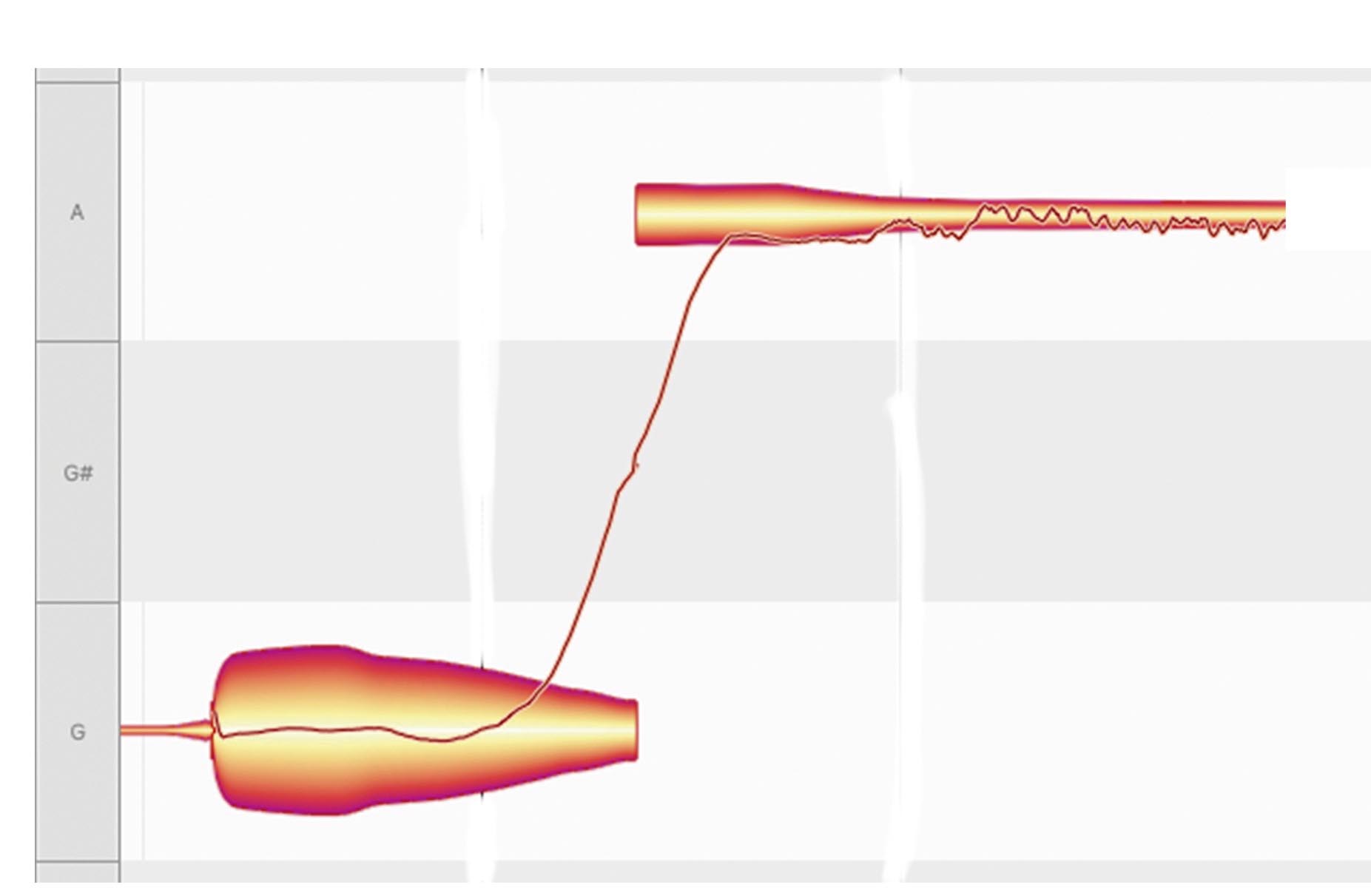

These waveforms shows a blues bend from G to A and a ‘blues curl’ between C and C#.
All the latest guitar news, interviews, lessons, reviews, deals and more, direct to your inbox!
2. Contemporary bend #1: The tweak bend
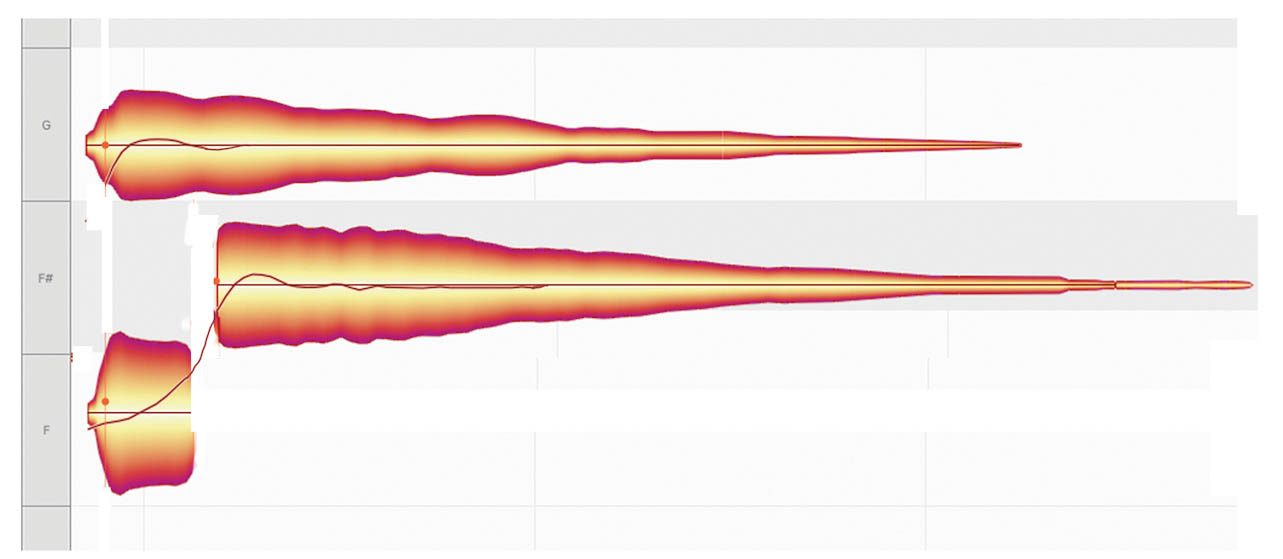
Tim Henson’s own intro in Polyphia’s G.O.A.T. features several of these. We're calling it a ‘tweak bend’ – it's a rapid up- or up down bend, usually played quickly and without vibrato between the semitones of a diatonic scale (e.g., F# and G in the key E minor).
There’s none of the bluesy flavour associated with classic minor blues bends, just a restrained but committed attitude when you get it right. Play it with a light overdriven single coil tone for a Polyphia vibe.
3. Classic bend #2: Bend and shake
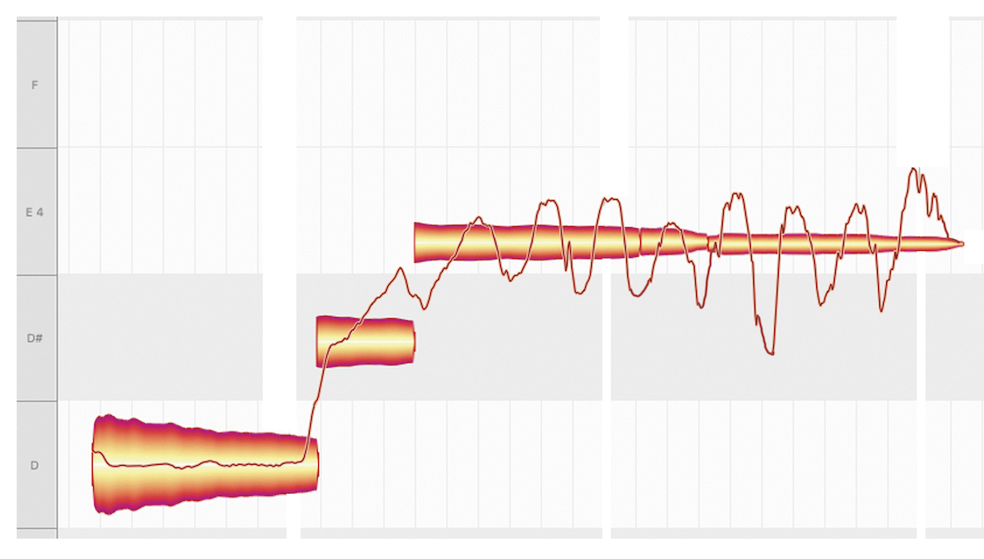
We’re in Angus Young and Paul Kossoff-style blues-rock territory here. Both players turn the electric guitar into a highly emotive instrument, emulating the human voice with their expressive leads.
A common technique they both use in doing so is adding vibrato to string bends – reminiscent of a heartfelt blues/soul vocal ‘cry’ or ‘wail’. Whole-tone bends (two semitones) rule the roost here.
4. Contemporary bend #2: The wobble bend

With a fragile, ‘wobbly’ quality reminiscent of whammy bar vibrato, this technique can be heard in the opening bars to Lost by Ichika Nito.
Its microtonal expressivity is reminiscent of the Japanese koto instrument, and, with typically less than a semitone of pitch variation, it exists on the boundary of vibrato and conventional guitar bend. The timing should be synced to the musical metre – almost like the pulsing effect of a chorus pedal.
5. Classic bend #3: The unison bend
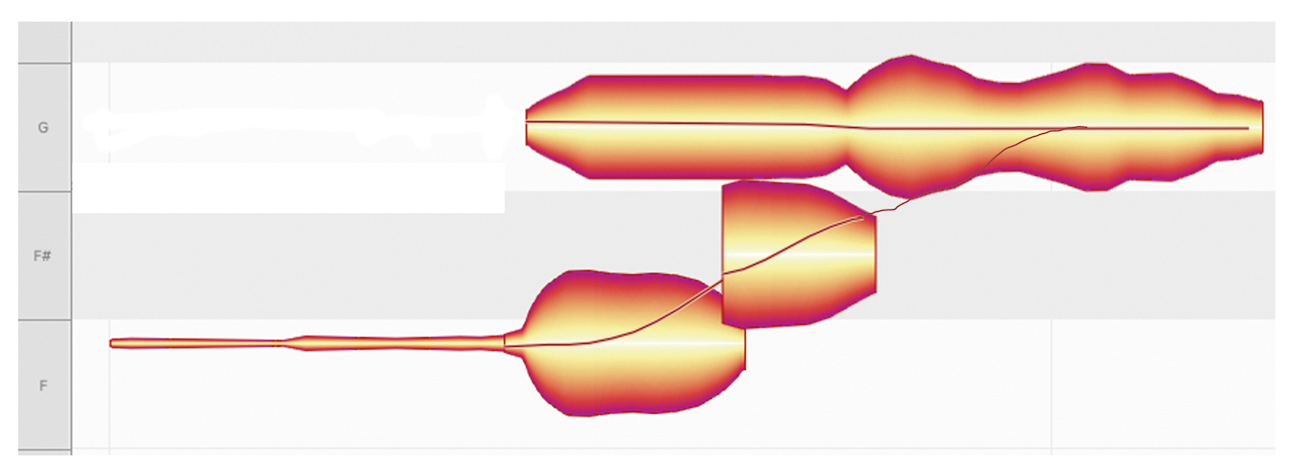
Surely you know this one! The outro solo from Jimi Hendrix’s All Along The Watchtower is a great reference for a technique which involves a string being bent up to a simultaneously held note of the same pitch.
To do it, fret a G on the first string at the 15th fret and an F on the second string (18th fret). Pick the two strings together then bend the F to match the G. The resulting scream and dissonance between the two notes is heightened as you bend, then resolved when you hit the target.
6. Contemporary bend #3: The cluster bend

While the unison bend has survived numerous generations of guitar solos, it has also diversified. A notable contemporary example is the ‘cluster bend’, where the bent note – rather than reaching its unison target – stops a semitone short, goes a semitone above, or targets another deliciously dissonant interval.
Hear it in action at 2:04 in Ulysses by Alluvial, where guitarist Wes Hauch plays a semitone bend into b5th and b2nd intervals.
7. Classic bend #4: The legato bend
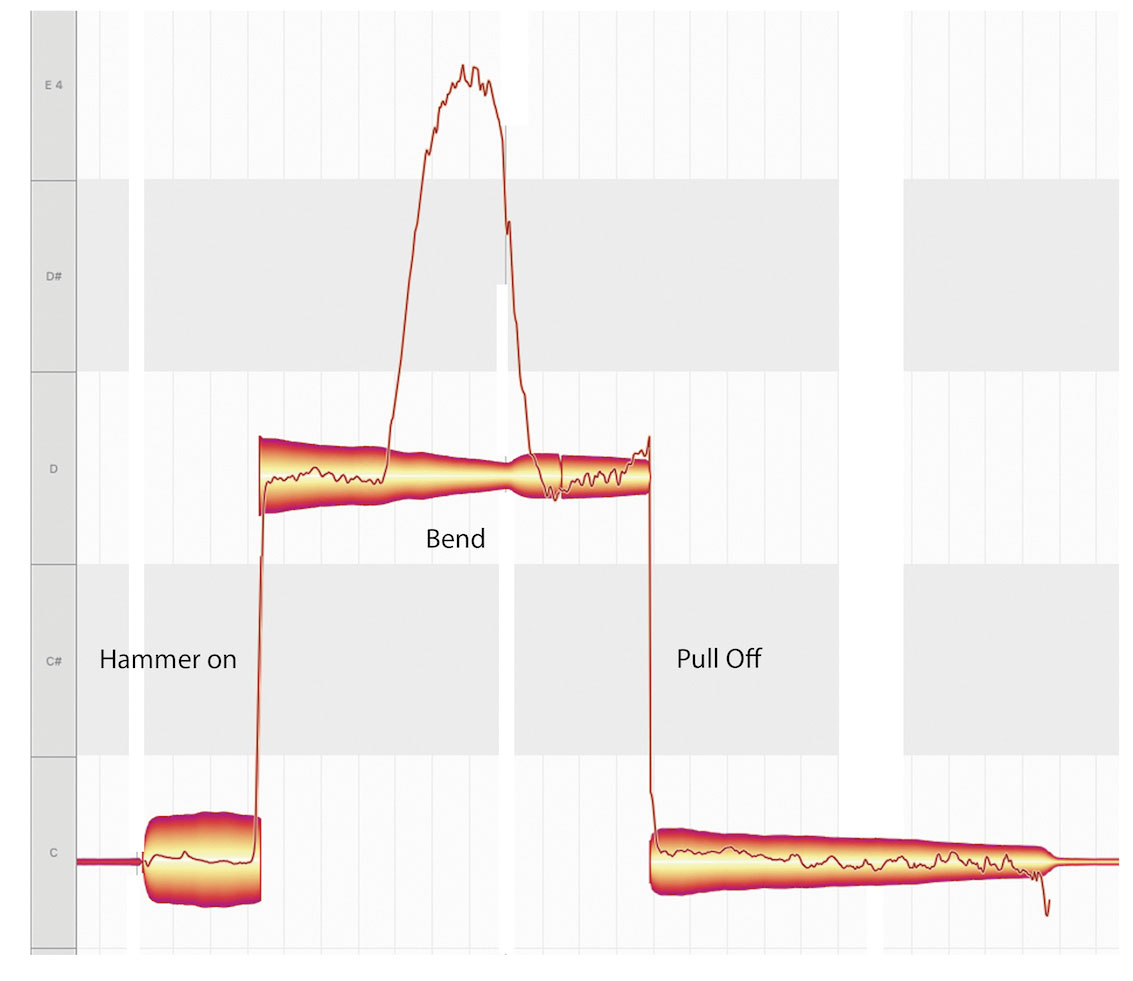
String bends have long been played alongside other lead guitar articulations. One common approach is to use legato (slides, hammer-ons, pull-offs) on either side of the bend to create a collective phrase.
A great example comes between 5:53 and 5:58 during Allen Collins’ solo in Lynyrd Skynyrd’s Free Bird. This sort of slippery articulation is part of the established electric guitar vocabulary and there are countless variations on the theme.
8. Contemporary bend #4: The slidy bend
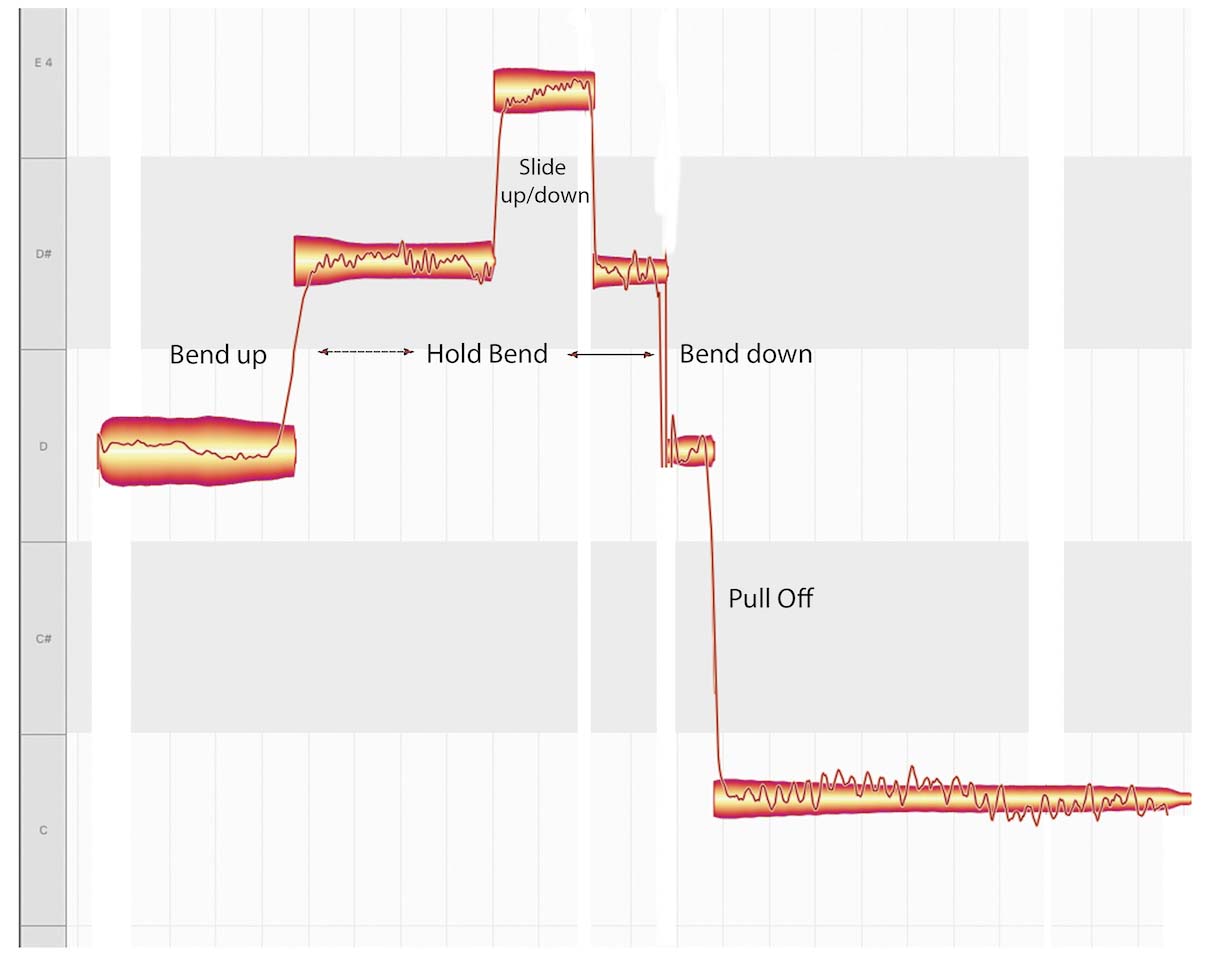
We’re homing in on Mateus Asato’s solo on Polyphia’s Drown between 2:14 and 2:16 for this one. He’s using a bend in a more complex way, adding intricate slurs and slides to proceedings.
It’s basically: bend, hold bend, slide up a semitone, slide down again, then release the initial bend and finish with a pull-off. Sound easy? Think again. These are surprisingly challenging to execute in tune, and the virtuosity may well go unnoticed because they’re often fleetingly brief.
9. Classic bend #5: The Melody Bend
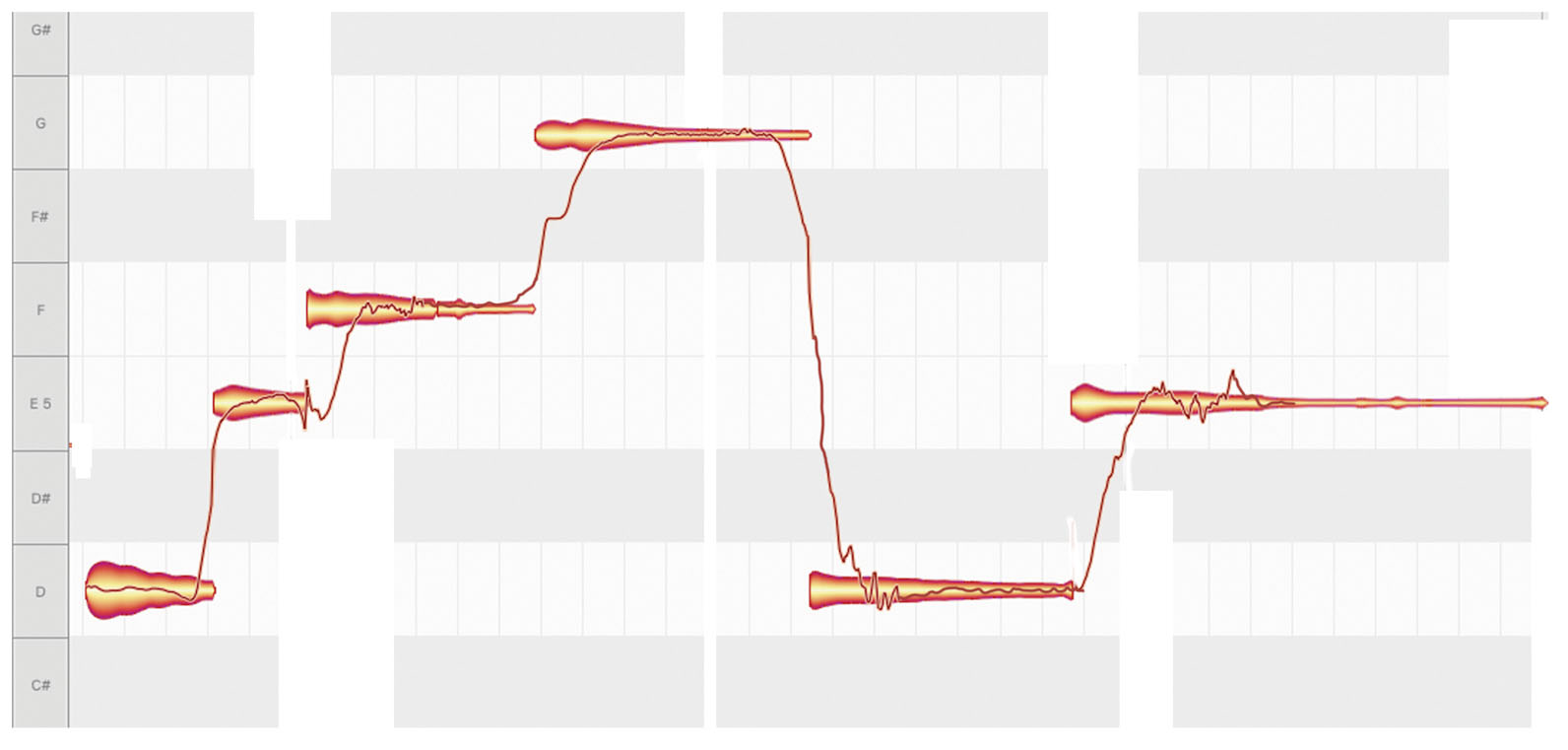
Some solos use bends to create complete melodic phrases rather than just as momentary inflections. We’re looking at you, David Gilmour – the outro solo in Pink Floyd’s Another Brick in the Wall, Pt. 2 features a couple of examples like this.
These potentially string-snapping licks are tricky to execute, and demonstrate that the ‘classic’ era of rock was in no short supply of sage string benders. Save your strings by downtuning by a semitone and playing one fret higher!
10. Contemporary bend #5: The Tap Bend
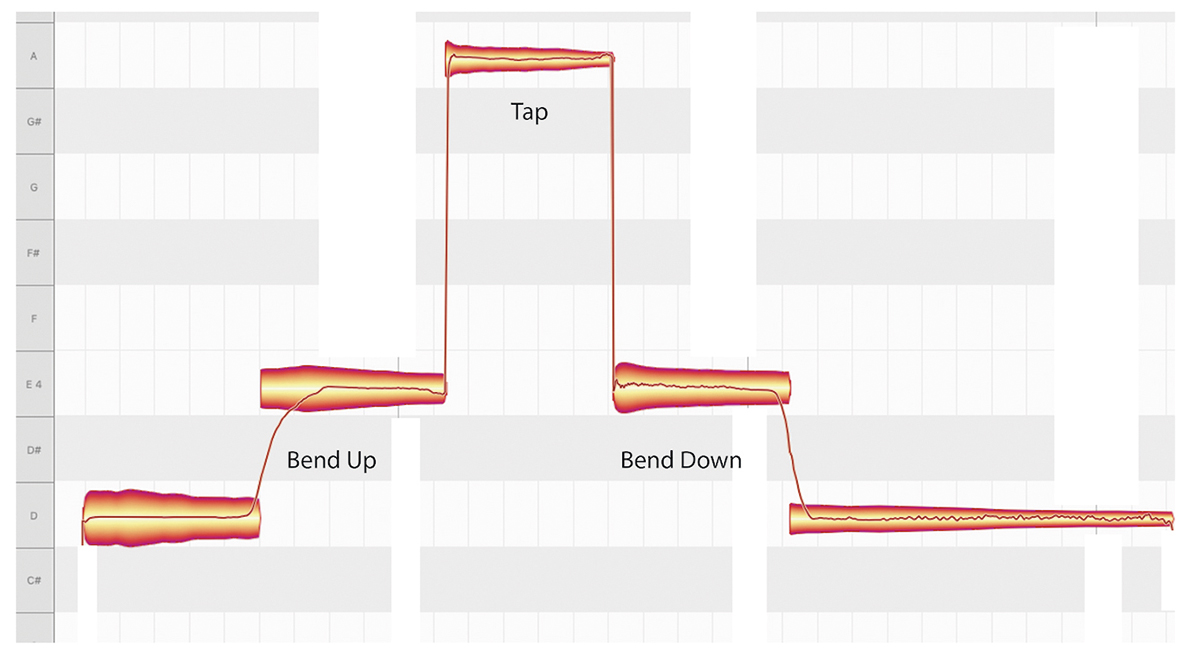
Fans of contemporary math-rock acts like Chon, Polyphia and Covet will be no strangers to tapping – the technique is at the heart of these acts’ styles.
Tapping bent strings expands the available range for bends and allows phrases to continue almost indefinitely – the tap providing additional energy to the string. Though considered a ‘modern’ rock technique, it was already commonplace by the mid 80s thanks to the influence of players like Eddie Van Halen and Steve Vai.
11. The Zero Bend
So perhaps the final and most radical bend we should include is... one that doesn’t exist: the ‘Zero Bend’. A frivolous inclusion, you say? Well okay, guilty as charged! However, it’s not without precedent in the math-rock genre. Yvette Young’s work with Covet features barely a single string bend.
Who knows if future generations will one day look back at the quaint and dated bending techniques of Boomers and Zoomers alike as they explore AI, robotic and mind-controlled hyper-bends among, perhaps, a renaissance in CDs, denim and NFTs.
